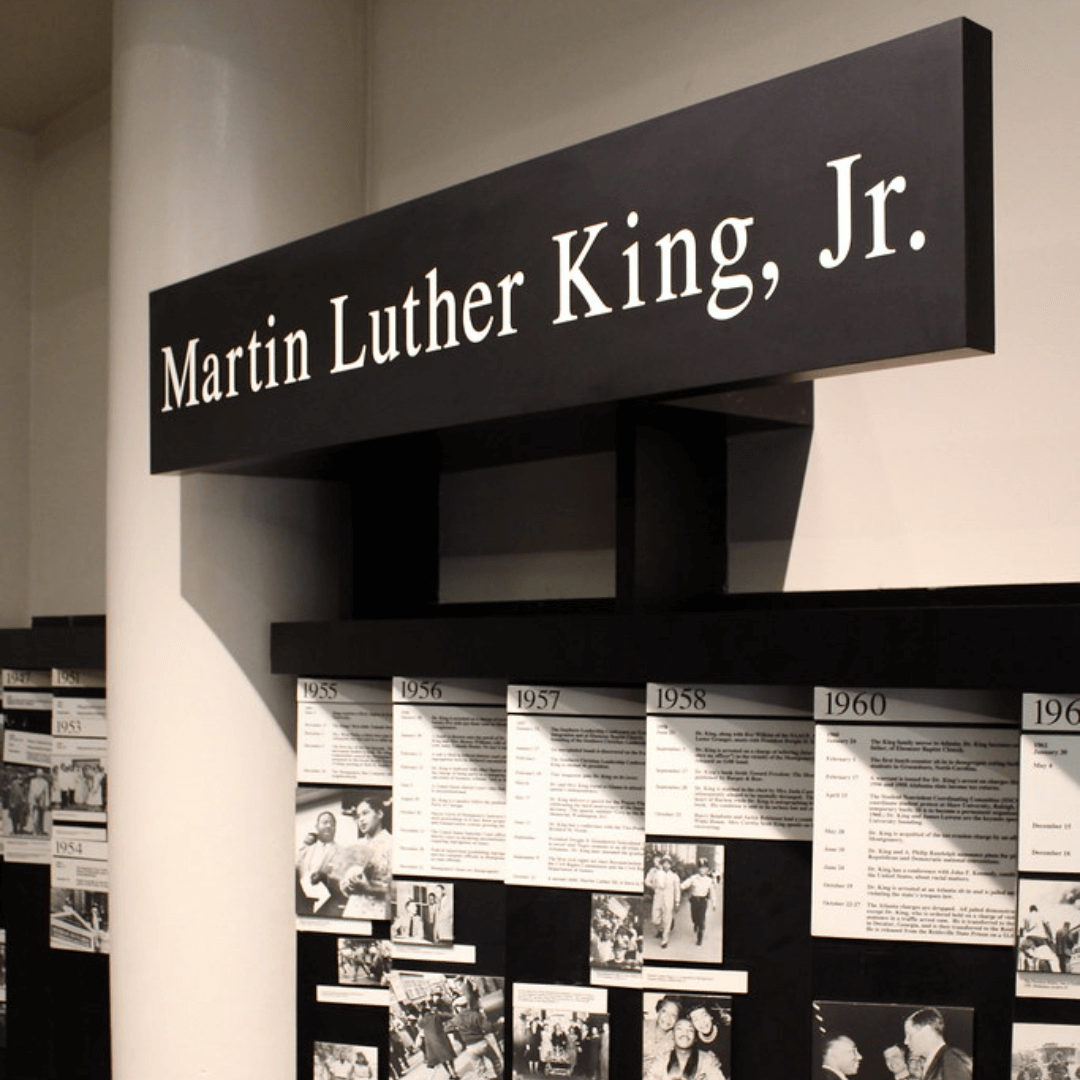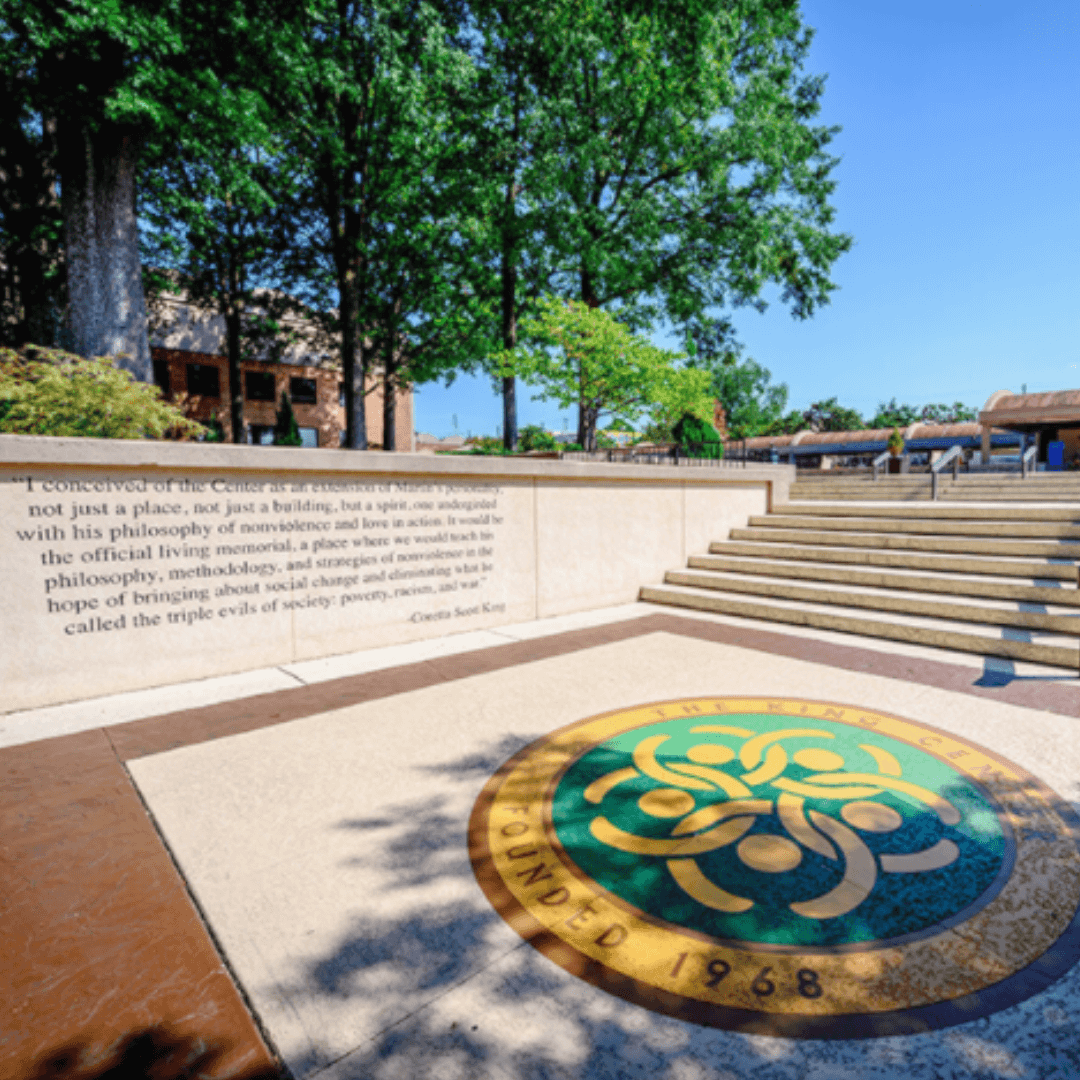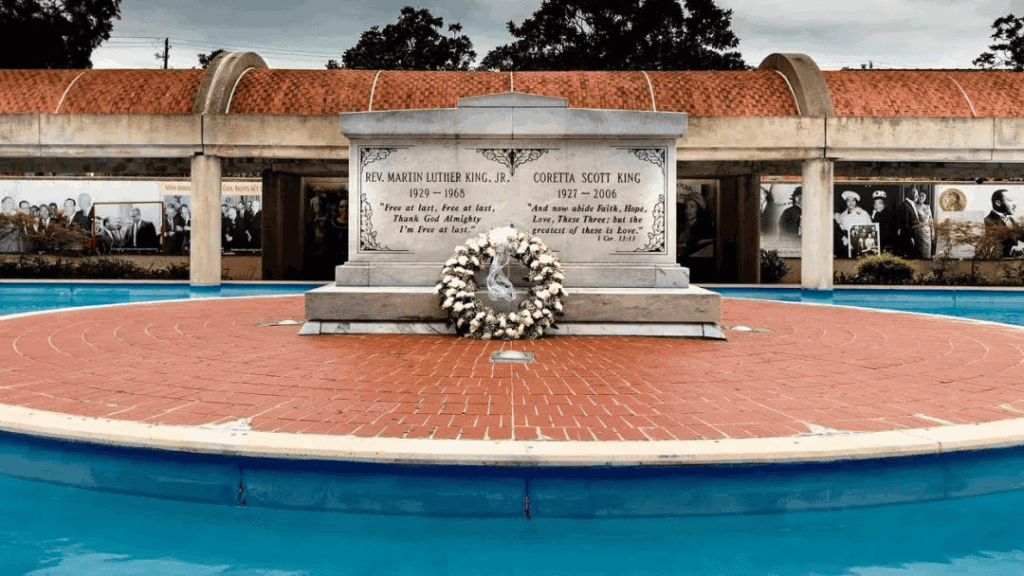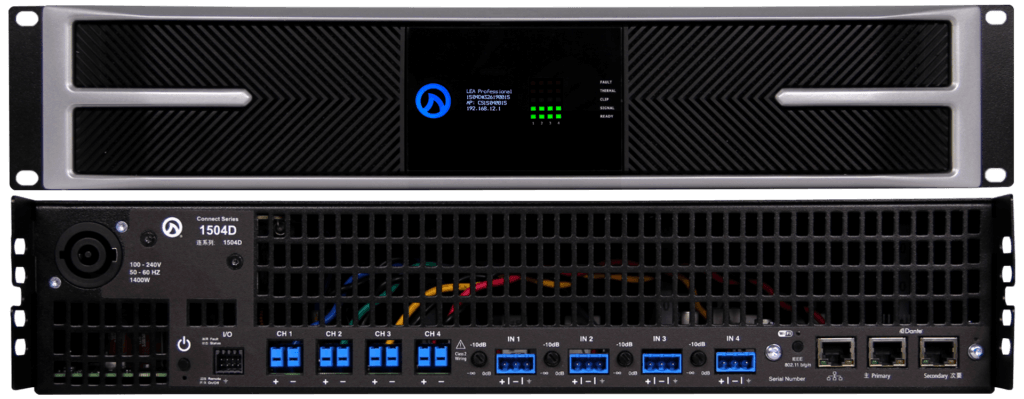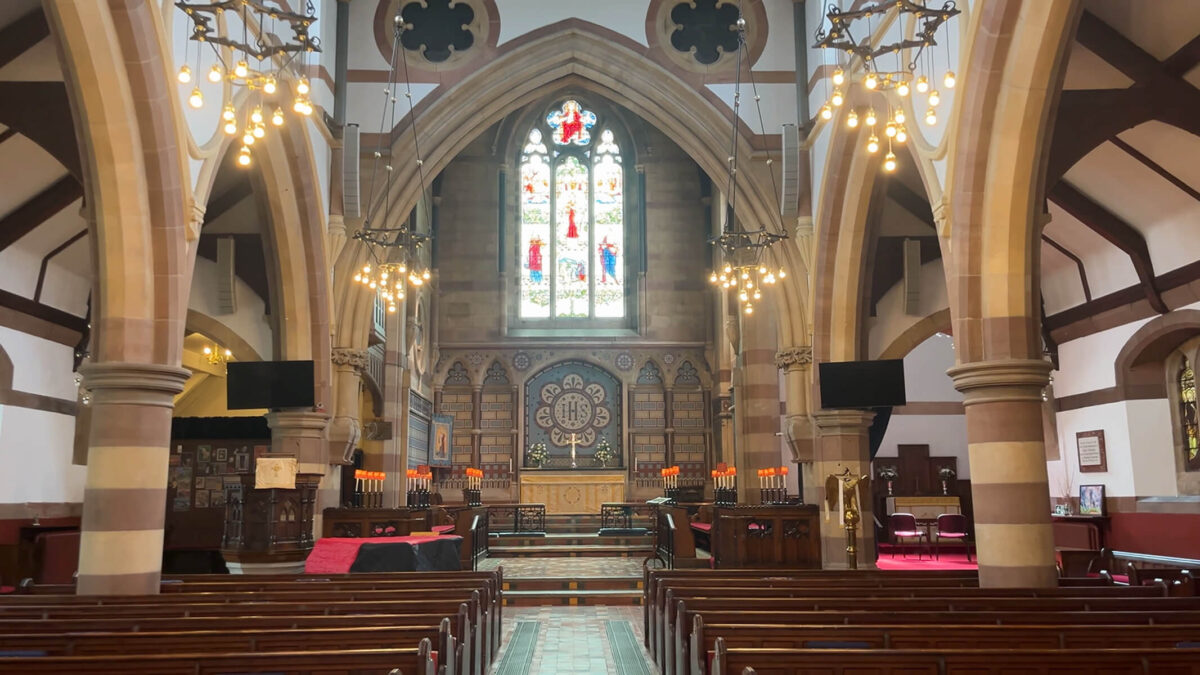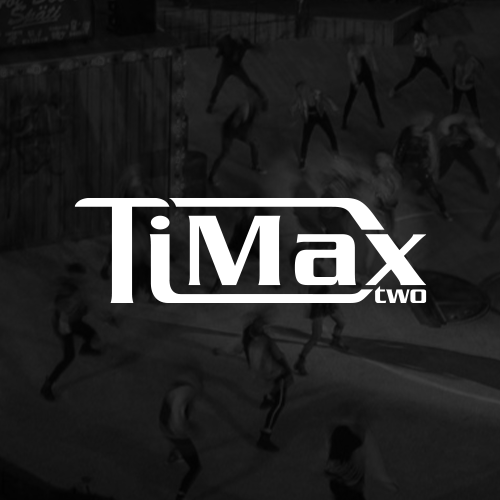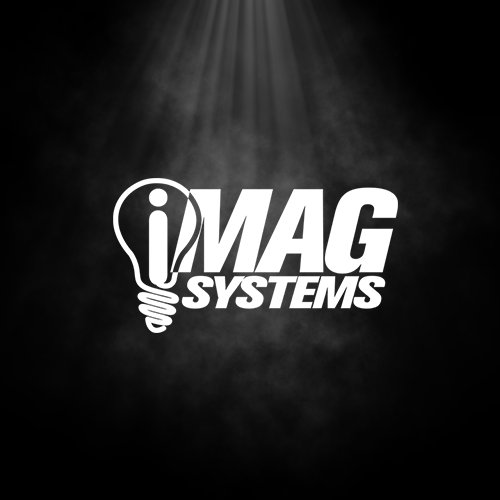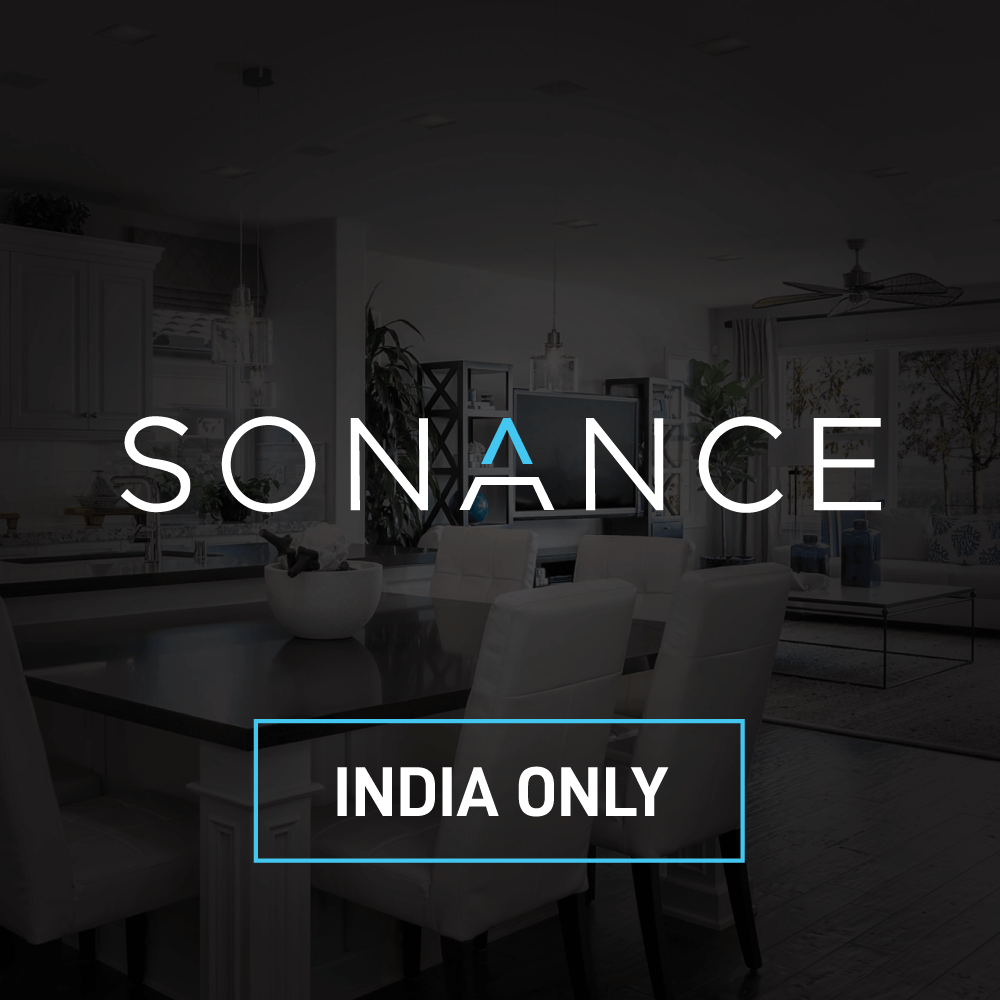Clear sound meets financial precision—Builders Capital’s new Fort Lauderdale HQ delivers flawless communication and flexible performance powered by The Audio Visual Group and LEA Professional. 💼🔊
THE SPEC
💰 Venue: Builders Capital | Fort Lauderdale, FL
👷♂️ Integrators: The Audio Visual Group
🔊 Audio Spaces: Entire Venue
🦈 Product Used: Connect Series 354 amplifiers
Builders Capital
Headquartered in Puyallup, Washington, Builders Capital has grown into one of the nation’s largest private construction lenders, surpassing $15 billion in lifetime originations and fueling residential development projects from coast to coast. With more than $8 billion in active loan commitments and a client roster of over 500 builders and developers, the company stands as a dominant force in shaping the future of housing.
Unlike traditional lenders that focus only on individual projects, Builders Capital evaluates a builder’s entire business pipeline — providing strategic credit facilities that align with long-term goals, streamline the financing process, and speed up access to capital. This builder-first approach eliminates unnecessary headaches and delays so clients can stay focused on what they do best: building homes and communities.
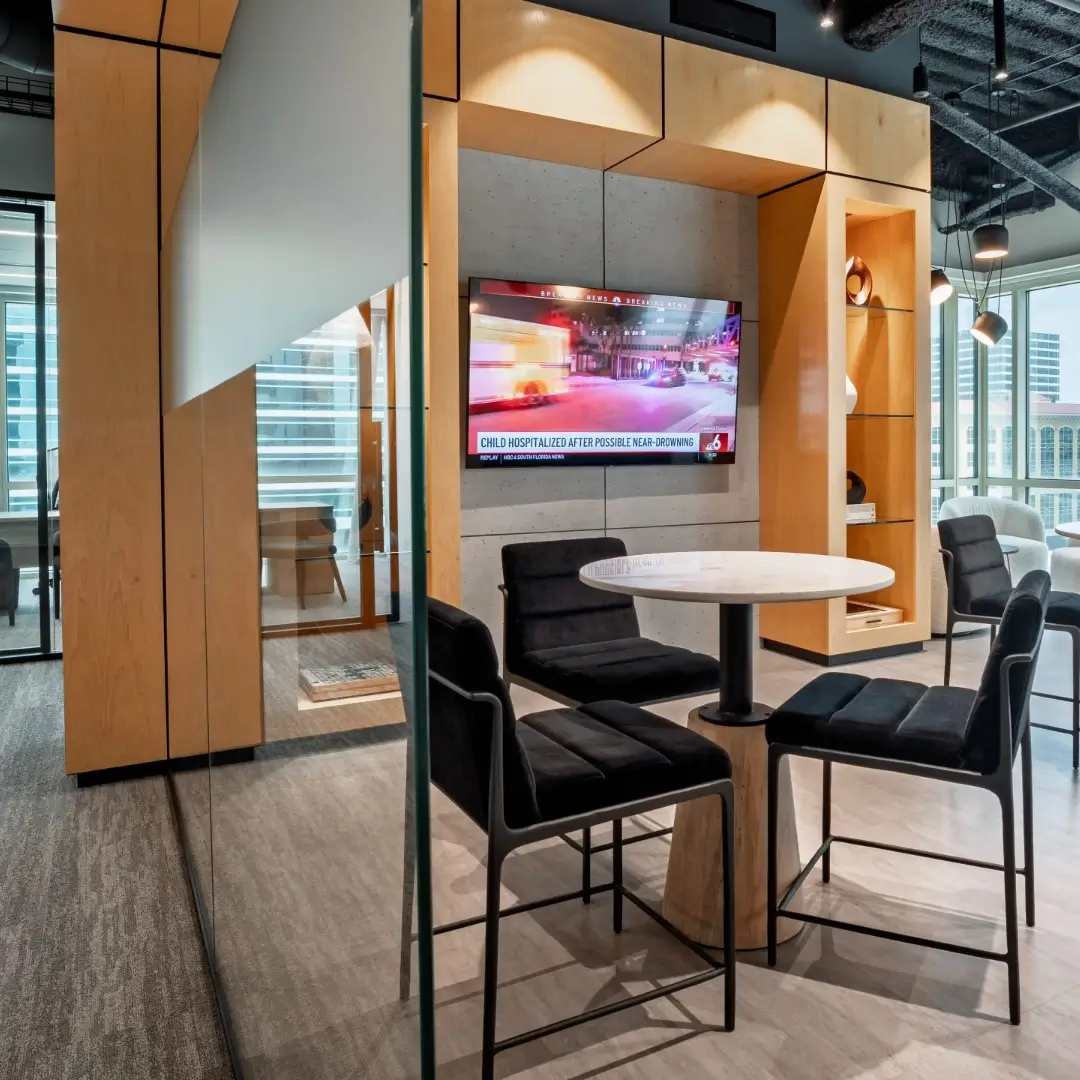
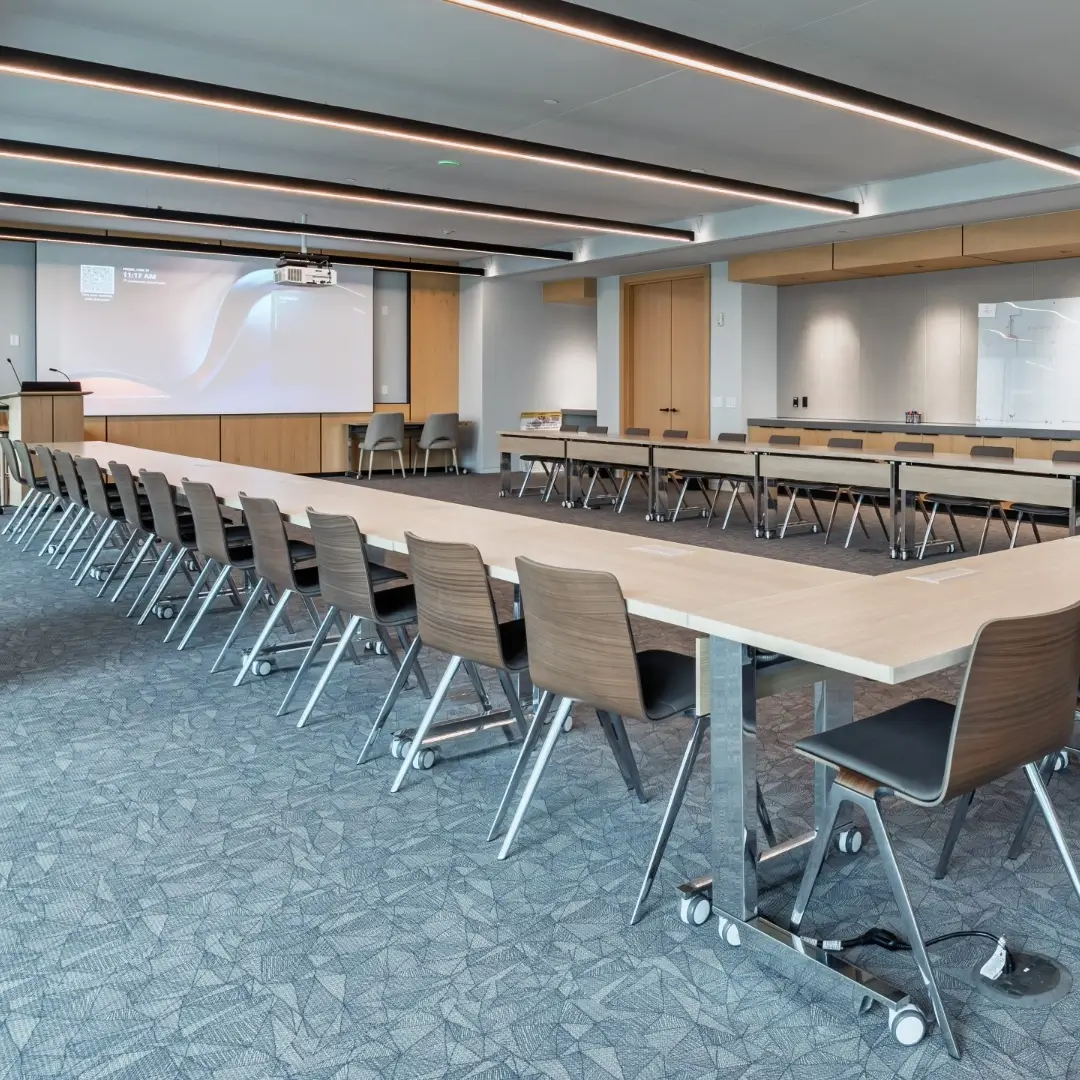
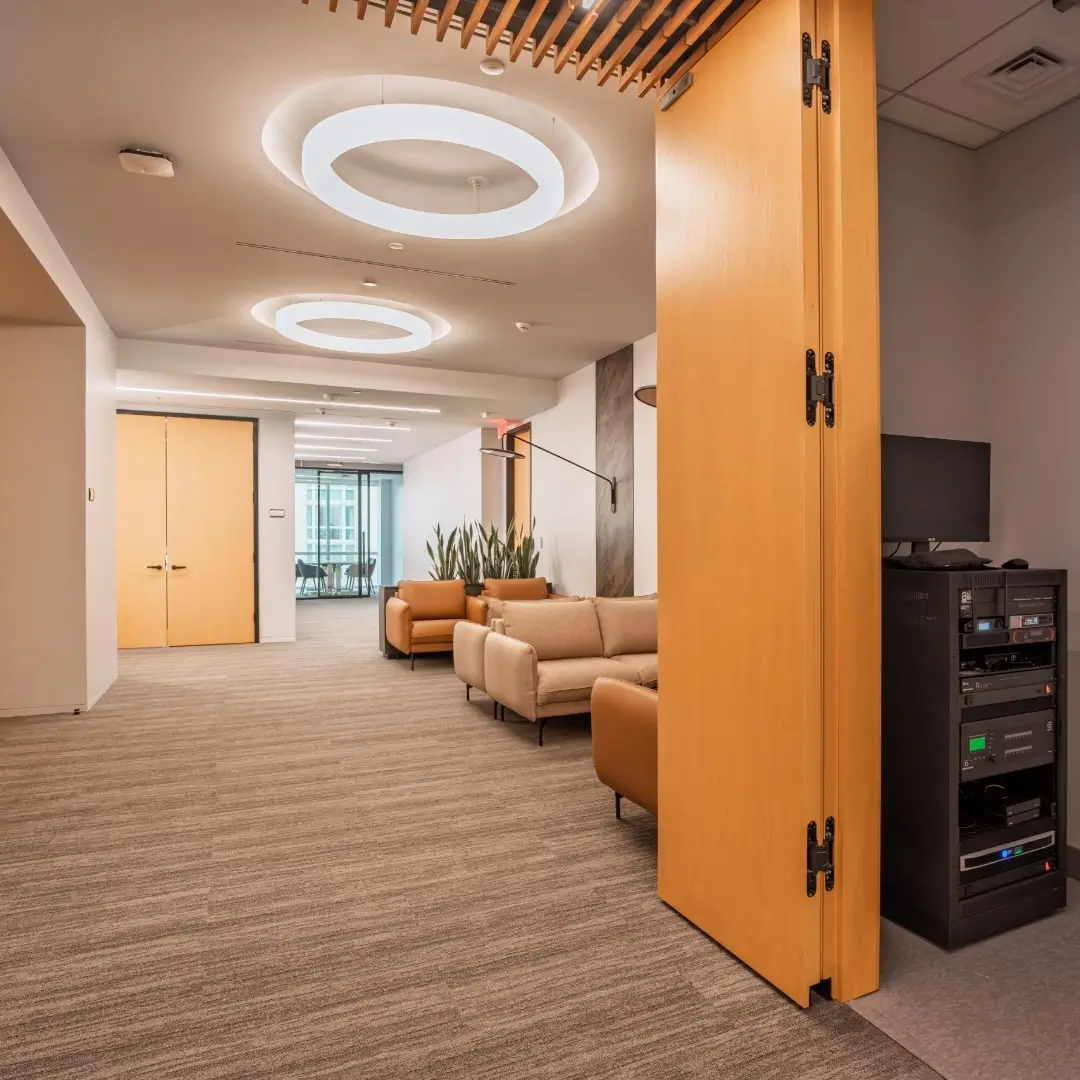
To support its expanding East Coast client base, Builders Capital recently opened its new regional headquarters in Fort Lauderdale, Florida. The office includes a 2,000-square-foot training and conference facility designed for both internal development and client engagement. To deliver a premium experience in this space, Builders Capital tapped The Audio Visual Group, who integrated a flexible, high-performance sound system powered by LEA Professional amplifiers.
THE INSTALL
Shayne Ettienne, owner of The Audio Visual Group, designed and installed the audio system and knew that LEA amplifiers would be perfect to power the large room. “We love LEA amplifiers. They’re so powerful, and also literally a DSP that has amp features in it,” said Ettienne. “Because of its flexibility and the fact that we can control it without needing an external DSP, we’ve been using them in all kinds of scenarios. For Builders Capital, the combination of management tools, physical size, and quiet fan operation made them a perfect fit for the installation.”
The Audio Visual Group deployed Connect Series 354 amplifiers to power the training room’s 12 coaxial pendant loudspeakers. The IoT-enabled 4-channel CS354 provides 350 watts per channel, supports Hi-Z (70V or 100V) and Lo-Z selectable by channel, and features Smart Power Bridge technology. Connect Series also includes 96kHz DSP, which is standard in all models and offers a range of benefits that significantly enhance audio performance and system versatility. Presets in the Crestron control system were used to switch the room between training and conferencing setups, which was made possible by LEA’s open API and the Crestron LEA Plugin. Elements of the amplifier can be monitored and adjusted via the API, allowing customers to integrate the Connect Series amplifiers with 3rd party equipment to create almost limitless, custom AV solutions.

The Connect Series delivers an industry-first professional amplifier family to feature cloud connectivity, a revolutionary advancement and a significant benefit for anyone maintaining the systems. With LEA Cloud, AV teams can remotely control and monitor amplifiers from anywhere, at any time, and with no subscription model or hidden costs. It’s completely free to use.

THE CONCLUSION
As a financial services company, attention to detail is critical. Therefore, when Builders Capital trains staff on new offerings or works with clients, the training room’s audio must be crystal clear to ensure that nothing is missed, and everyone hears the same information. With LEA amplifiers, Builders Capital is well-equipped to grow its business with confidence in its audio system.
“We’ve used LEA amplifiers in many projects and look forward to working with them in many more projects in the future,” said Etienne. “They’re a great product with fabulous power offerings per rack space, full DSP, and best of all, great people. I highly recommend them.”
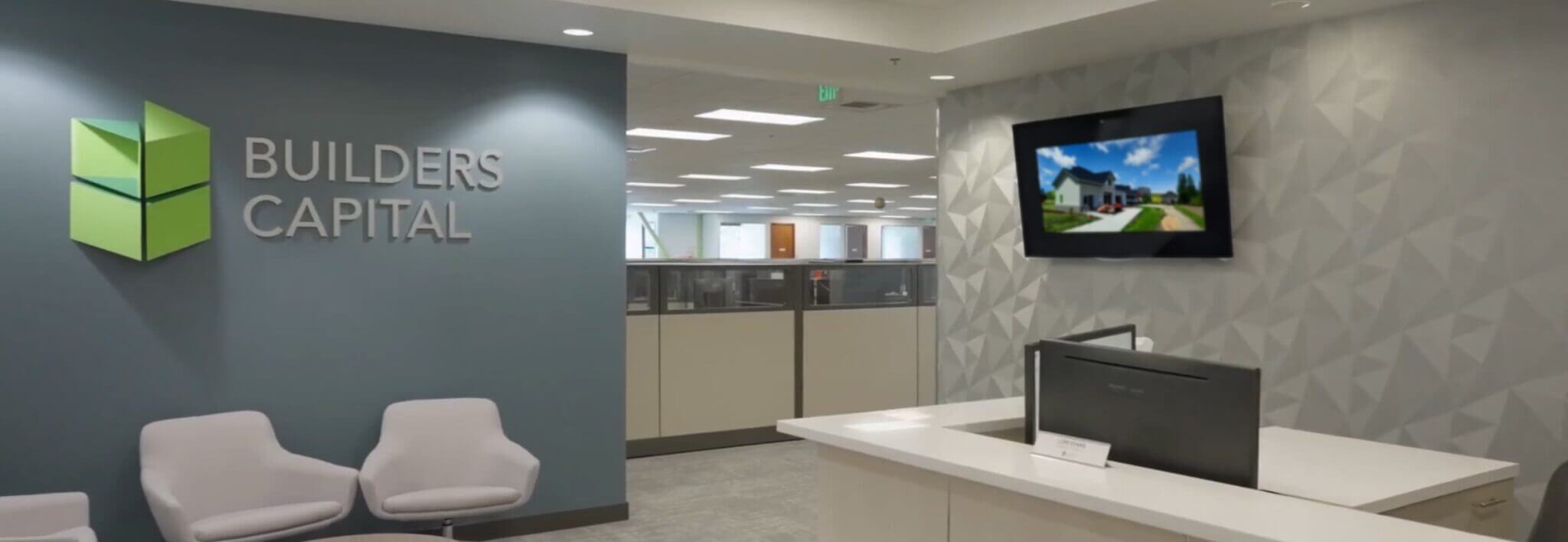
Click here for original article.

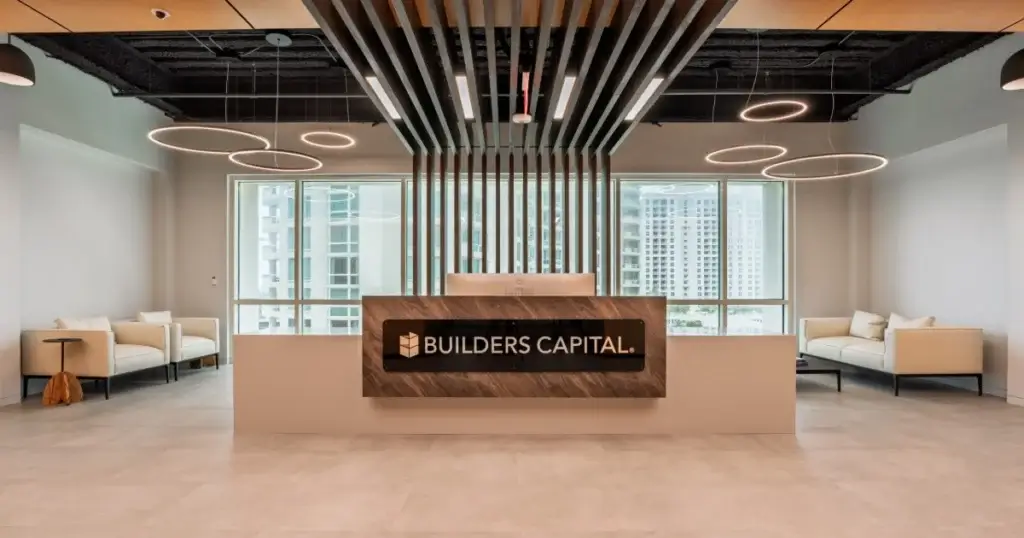
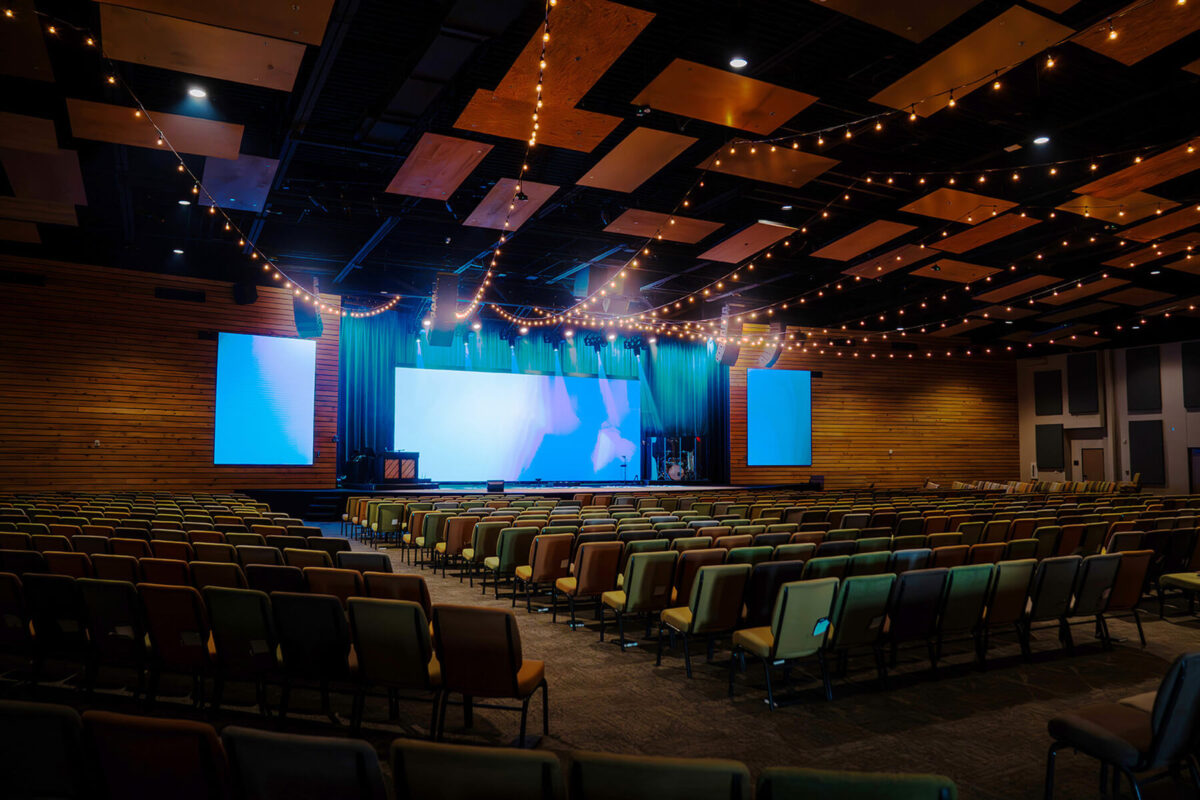
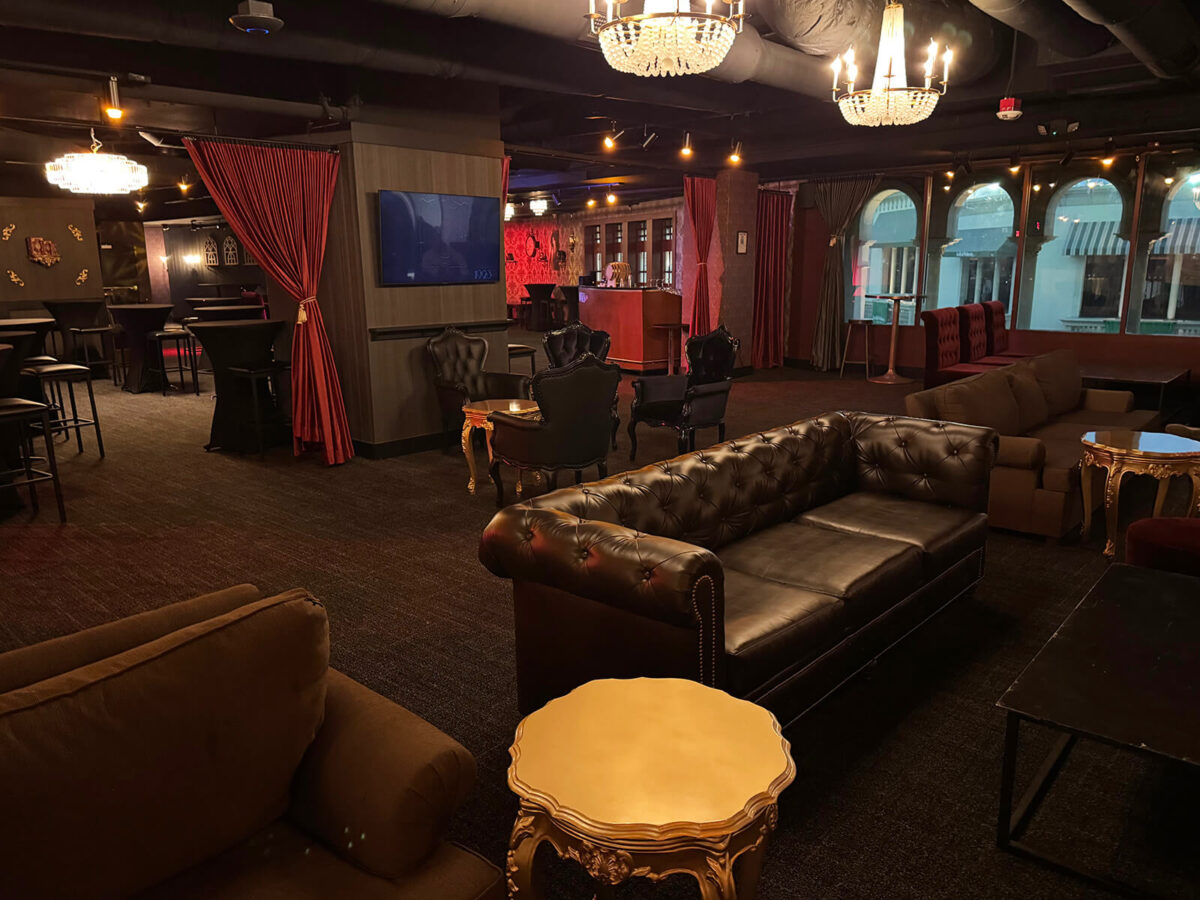
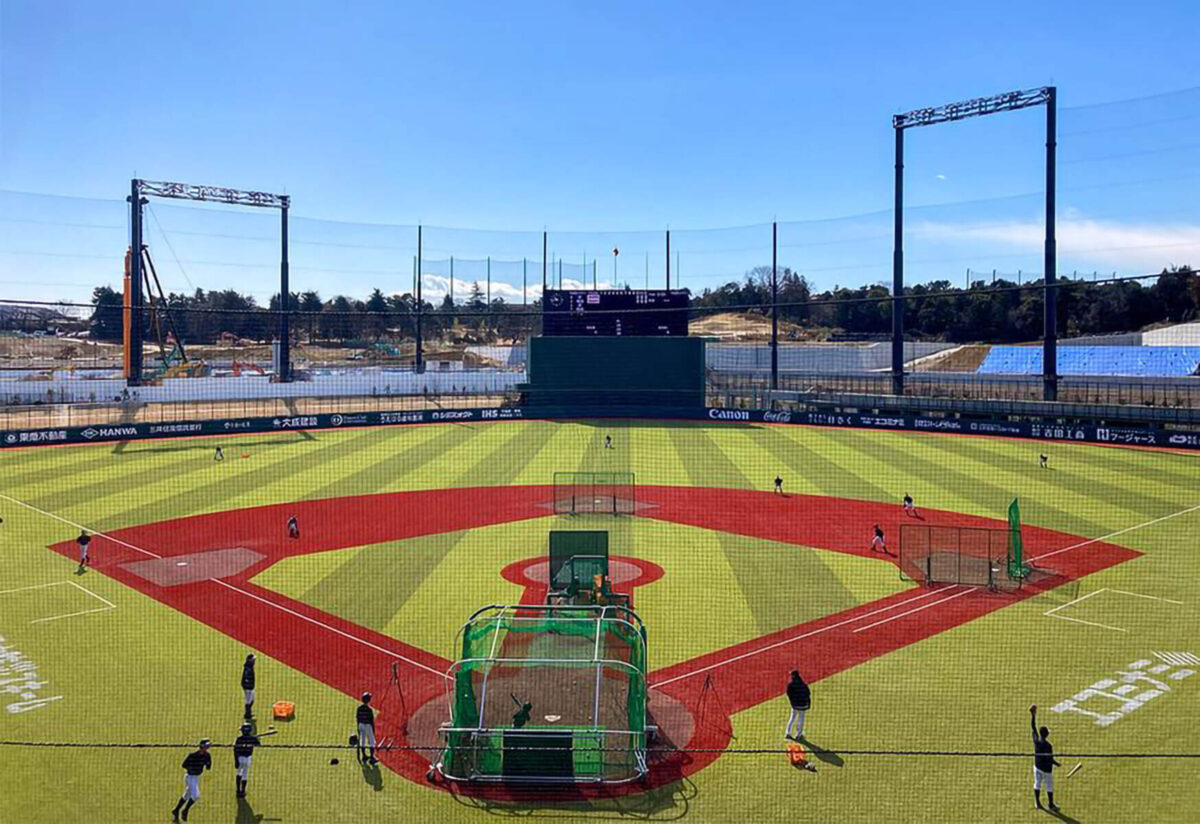
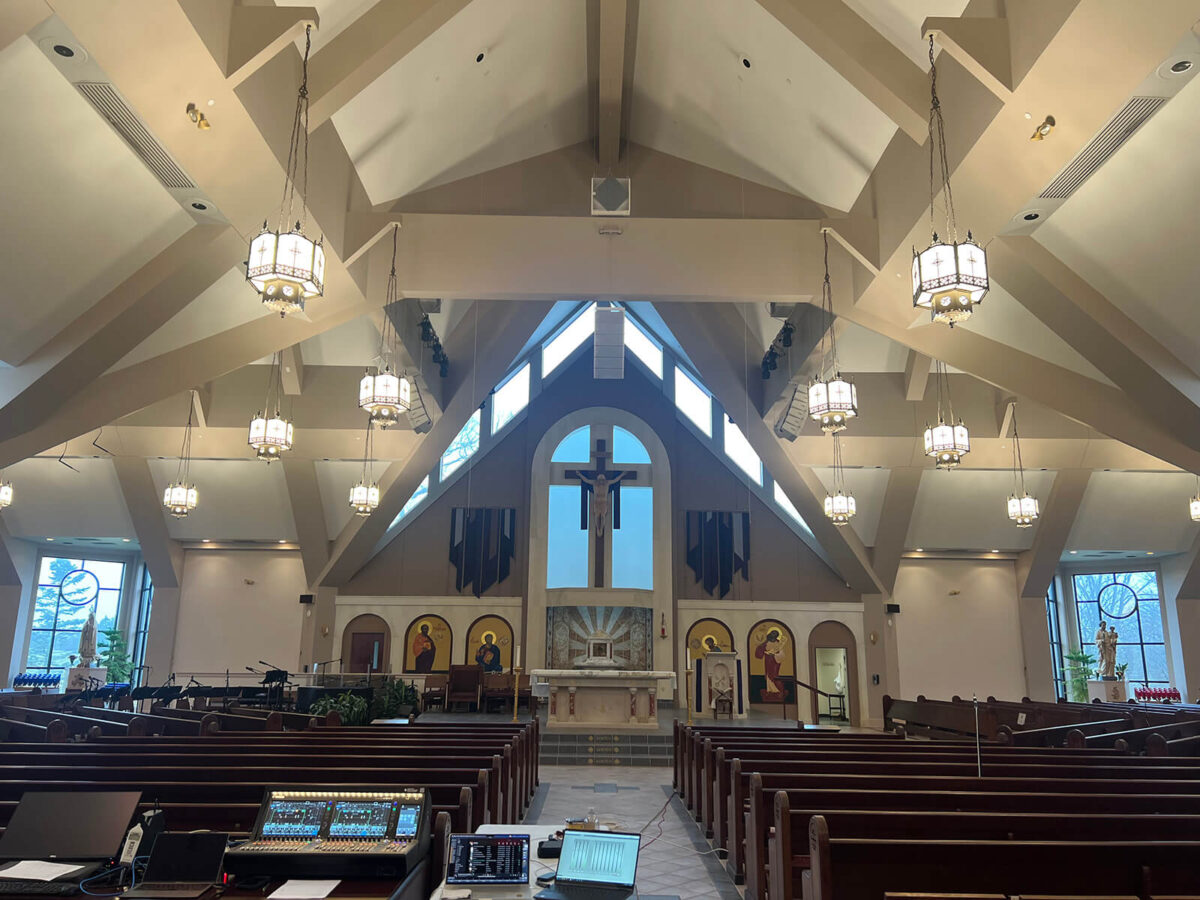
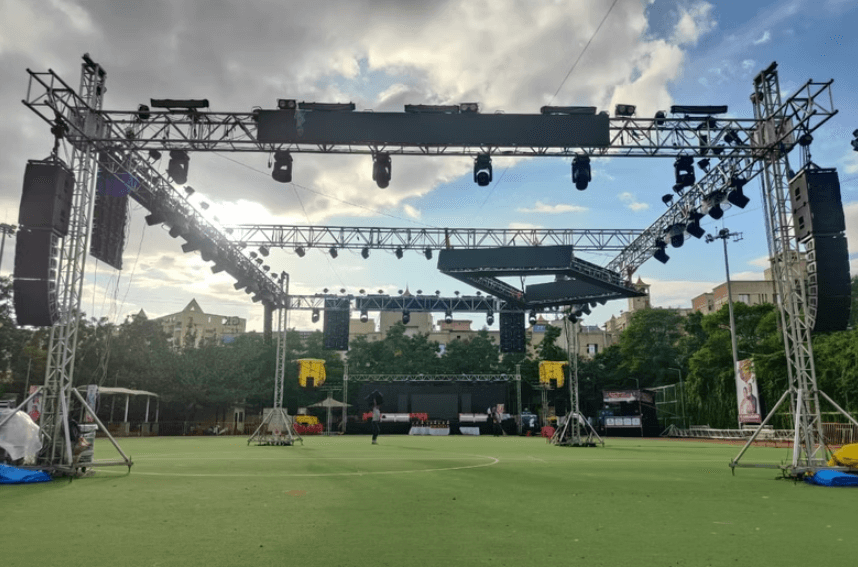
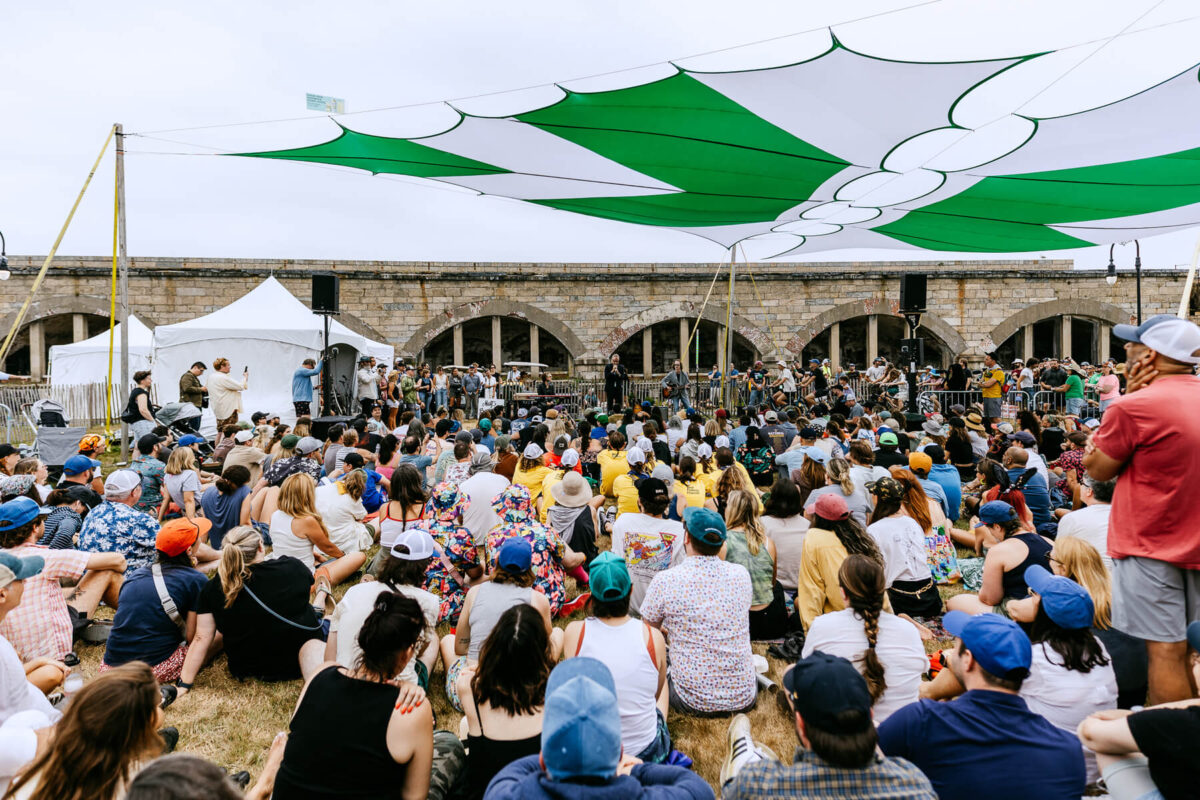
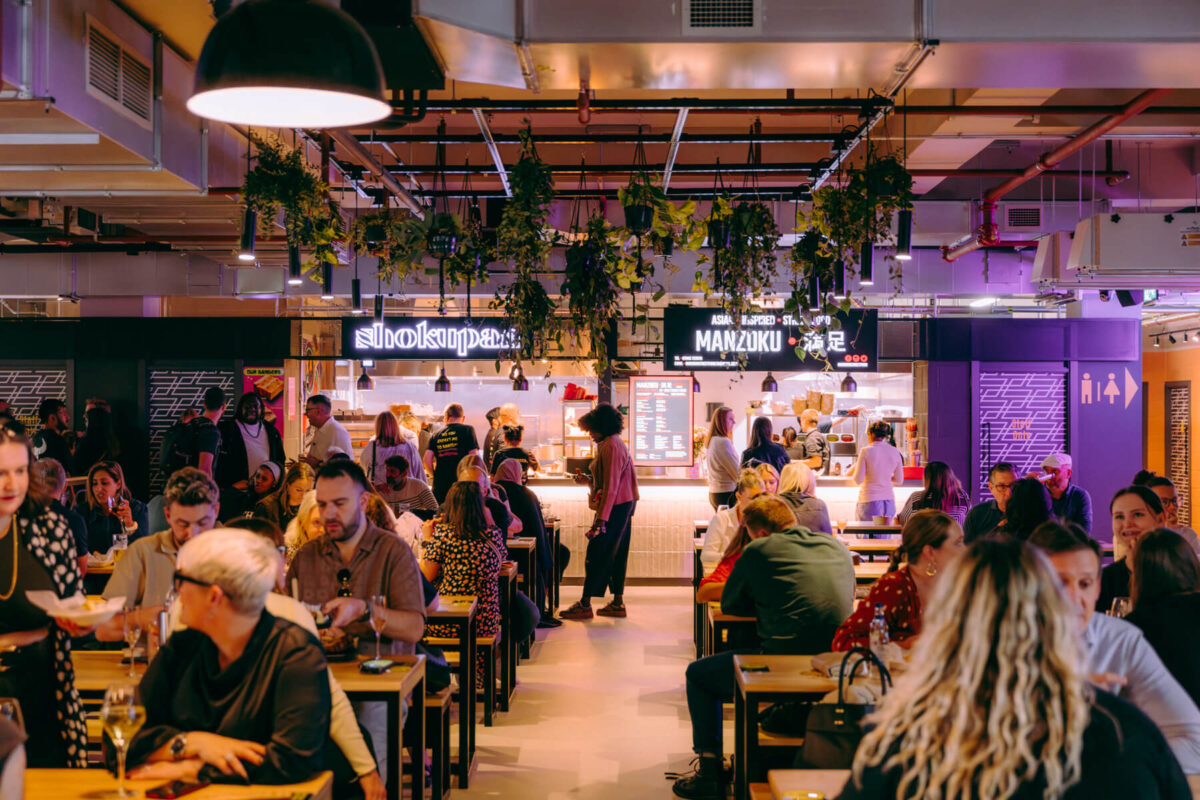
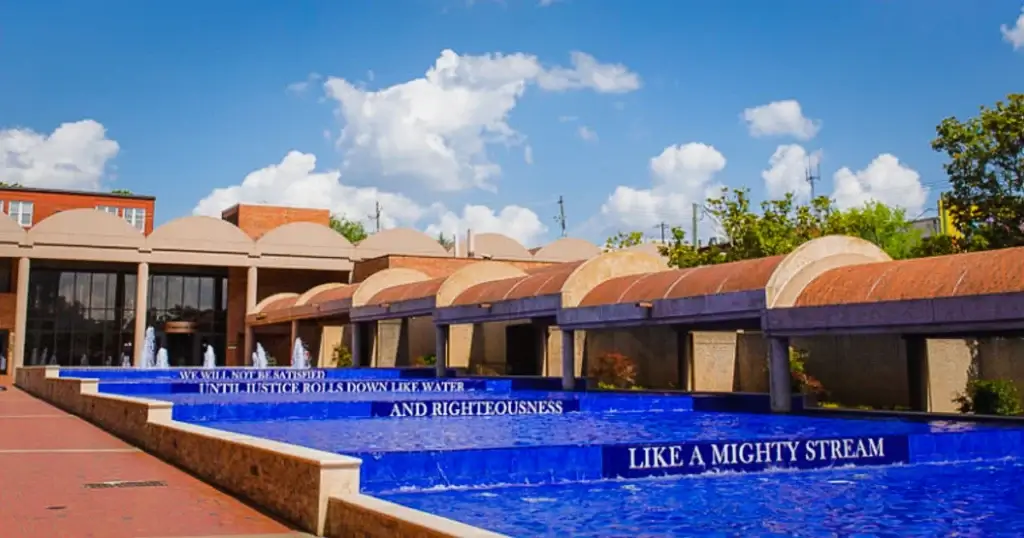
 Integrators:
Integrators:  Audio Spaces: Entire Venue
Audio Spaces: Entire Venue